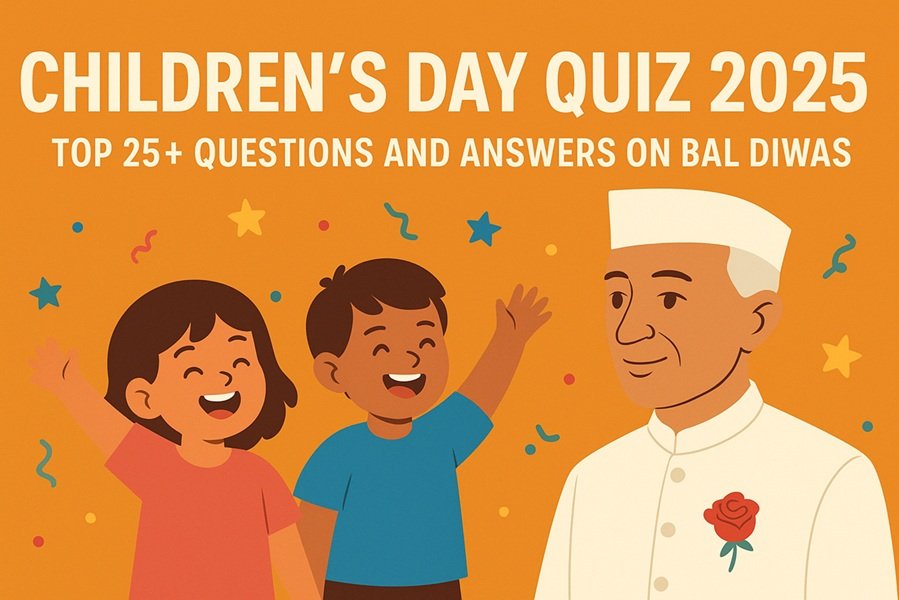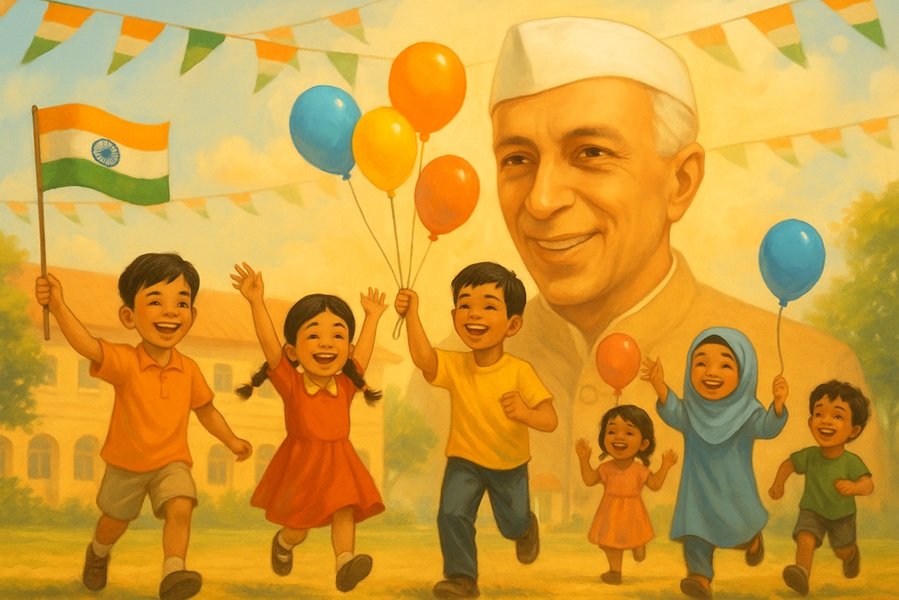
Observed Annually on June 6
Introduction: What is the National Day of Sweden?
The National Day of Sweden, known in Swedish as “Sveriges nationaldag”, is celebrated each year on June 6. This day commemorates two important historical milestones: the election of Gustav Vasa as King of Sweden in 1523, marking the foundation of modern Sweden, and the adoption of a new constitution in 1809. Although it has been observed unofficially for over a century, Sweden officially declared June 6 as its National Day in 1983, and it became a public holiday in 2005.
Unlike many countries that mark their independence or revolutionary history, Sweden’s National Day reflects a peaceful assertion of sovereignty and national identity.
Historical Background of June 6 in Sweden
🛡️ 1. Gustav Vasa’s Coronation – June 6, 1523
On June 6, 1523, Gustav Vasa was elected king by the Riksdag of Strängnäs, ending the Kalmar Union—a political union that had joined Denmark, Norway, and Sweden under a single monarch. This marked the beginning of Sweden as an independent nation-state, and Gustav Vasa is often referred to as the “Father of the Nation.”
📜 2. The Constitution of 1809
On June 6, 1809, Sweden adopted a new constitution, which divided governmental powers between the monarchy and the parliament (Riksdag), laying the foundation for Sweden’s modern democracy. It replaced the autocratic rule with a constitutional monarchy.
Modern Celebrations and Customs
Although relatively calm compared to national days in other countries, Sweden’s National Day has gained popularity in recent years, especially since becoming a public holiday in 2005. Here are some key elements of modern celebrations:
🏛️ 1. Royal Palace Ceremony in Stockholm
- The Swedish Royal Family plays a central role in National Day celebrations.
- The Royal Palace (Kungliga slottet) in Stockholm is open to the public.
- A traditional ceremony at Skansen (an open-air museum and zoo in Stockholm) features cultural performances, flag-raising, and speeches.
🎖️ 2. Citizenship Ceremonies
- Many municipalities across Sweden hold citizenship ceremonies to welcome new citizens.
- These ceremonies reflect Sweden’s modern, multicultural identity.
🎨 3. Folk Traditions and Music
- Cultural exhibitions, folk dances, and traditional Swedish music performances are common.
- Many people wear national costumes (folkdräkt) and wave Swedish flags.
🏞️ 4. Community Events
- Local parks and town squares often host picnics, parades, children’s activities, and musical concerts.
- In some areas, military bands and public flag-raising ceremonies are held.
Symbols of Swedish National Identity
🟦🟨 The Swedish Flag
- The blue and yellow flag, with its cross design, is a symbol of Sweden’s heritage and pride.
- On National Day, the flag is flown at full mast across government buildings, homes, and public institutions.
👑 The Royal Family
- King Carl XVI Gustaf and Queen Silvia often participate in public events.
- Their appearance reinforces unity and national pride among Swedes.
How National Day Differs from Midsummer
While National Day is a relatively new public holiday, Midsummer (celebrated in late June) remains the most important traditional holiday for many Swedes. Midsummer involves dancing around the maypole, singing, and enjoying traditional food. In contrast, National Day is more formal and state-oriented, with emphasis on the monarchy, constitution, and national unity.
Sweden’s National Day Around the World
Swedish embassies and consulates around the world organize events to celebrate the day with expatriates and international friends of Sweden. These may include:
- Swedish food festivals
- Film screenings and art exhibitions
- Flag hoisting ceremonies
- Networking and cultural exchange sessions
Timeline: Important Events in Swedish History Marked on National Day
| Year | Event |
|---|---|
| 1523 | Gustav Vasa elected King, marking Swedish independence |
| 1809 | New constitution adopted |
| 1893 | Artur Hazelius initiated Swedish Flag Day |
| 1916 | First official celebration of “Swedish Flag Day” |
| 1983 | June 6 officially declared Sweden’s National Day |
| 2005 | First year it became a public holiday in Sweden |
Quotes and Messages for Sweden’s National Day
- “Glad Nationaldag!” (Happy National Day!)
- “Long live Sweden – the land of peace, progress, and tradition!”
- “On this National Day, we honor our past and embrace our shared future.”
- “From Gustav Vasa to modern democracy – Sweden stands strong.”
Swedish Delicacies Enjoyed on National Day
There’s no fixed menu, but many Swedes enjoy:
- Gravad lax (cured salmon)
- Prinsesstårta (princess cake) – green marzipan cake with layers of cream and jam
- Köttbullar (meatballs) with lingonberry jam
- Smörgåstårta – sandwich cake
- Local breads, cheeses, and berry desserts
📝 Conclusion
The National Day of Sweden, celebrated on June 6, is more than a patriotic event – it’s a reminder of Sweden’s rich past, democratic evolution, and peaceful identity. From the election of Gustav Vasa in 1523 to today’s inclusive, multicultural society, Sweden uses this day to reflect on its journey. Whether you are a citizen, expat, or admirer of Swedish culture, Sveriges Nationaldag is a perfect occasion to honor the values of freedom, democracy, and unity that Sweden proudly upholds.




